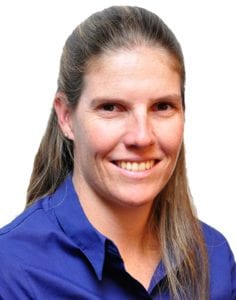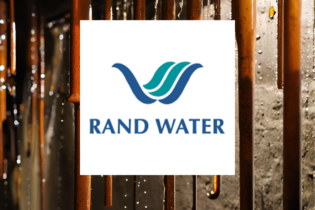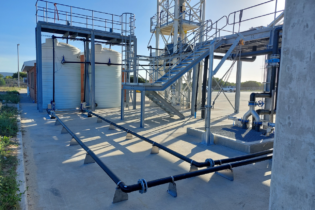The South African Water Research Commission (WRC) launched new guidelines for urban river renewal at the annual Peninsula Paddle community event on Sunday 8 June 2014 in Cape Town.
Aurecon was appointed to determine procedures for enforced rehabilitation activities on urban river reaches in Cape Town. The project was led by Aurecon Associate Water Scientist Sam Braid who used it a basis for her doctoral thesis. “The aim of the project was to look at river rehabilitation from the enforcement driven aspect, rather than the proactive Environmental Impact Assessment (EIA) side,” Sam said. “We looked at legislation, policy, capacity issues and developed tools both for searching the current environmental legislation as well as to assist enforcement officials to set more appropriate targets for rehabilitation in the enforcement processes.“Ensuring enforcement driven rehabilitation that addresses the ecological impacts, as well as the administrative contravention, will aid in improving ecological degradation of South African urban rivers,” Sam said.
Rivers provide several important functions both to people and to the environment in general and these include: regulation (flood, carbon and sediment), habitat provision, production (subsistence and food) and information (cultural, recreation and aesthetic). “By identifying the impacts of contraventions to these functions, rehabilitation activities can be more appropriately designed for ecological rehabilitation,” Sam said. Sam joined Aurecon Hydrologist Alistair Lee and adventurer Braam Malherbe as well as members of the local community in the paddle across the Cape Peninsula from Muizenberg to Paarden Island to highlight the need to keep Cape Town’s waterways clean. At the launch of the new guidelines,Sam spoke along with representatives from WRC and the Department of Water Affairs. Aurecon delivers innovative, well planned solutions for the prioritisation, sizing, timing and sequencing of major water resource augmentation schemes and the implementation of policies on water conservation and demand management, as well as water quality management and compliance and enforcement.







